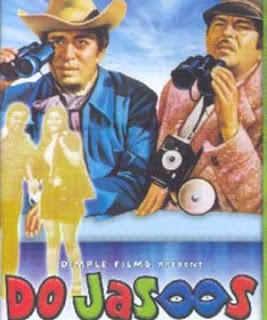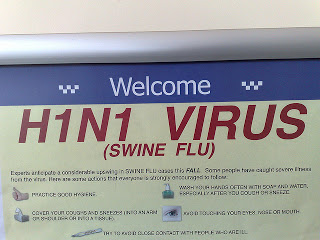Bayer Challenges "Prima Facie" Determination in Compulsory Licensing Case
The term “prima facie” counts as one of my favourite legal expressions. Not least because it appears to be the only place where the law expresses an unabashed preference for “appearances” (which in the real world can, and is often, deceptive). Certainly a problematic expression when it comes to the law of injunctions, particularly IP injunctions where our judges continue to shoot in the dark. But more of this later. For now, it may interest you to note that the […]
Bayer Challenges "Prima Facie" Determination in Compulsory Licensing Case Read More »





